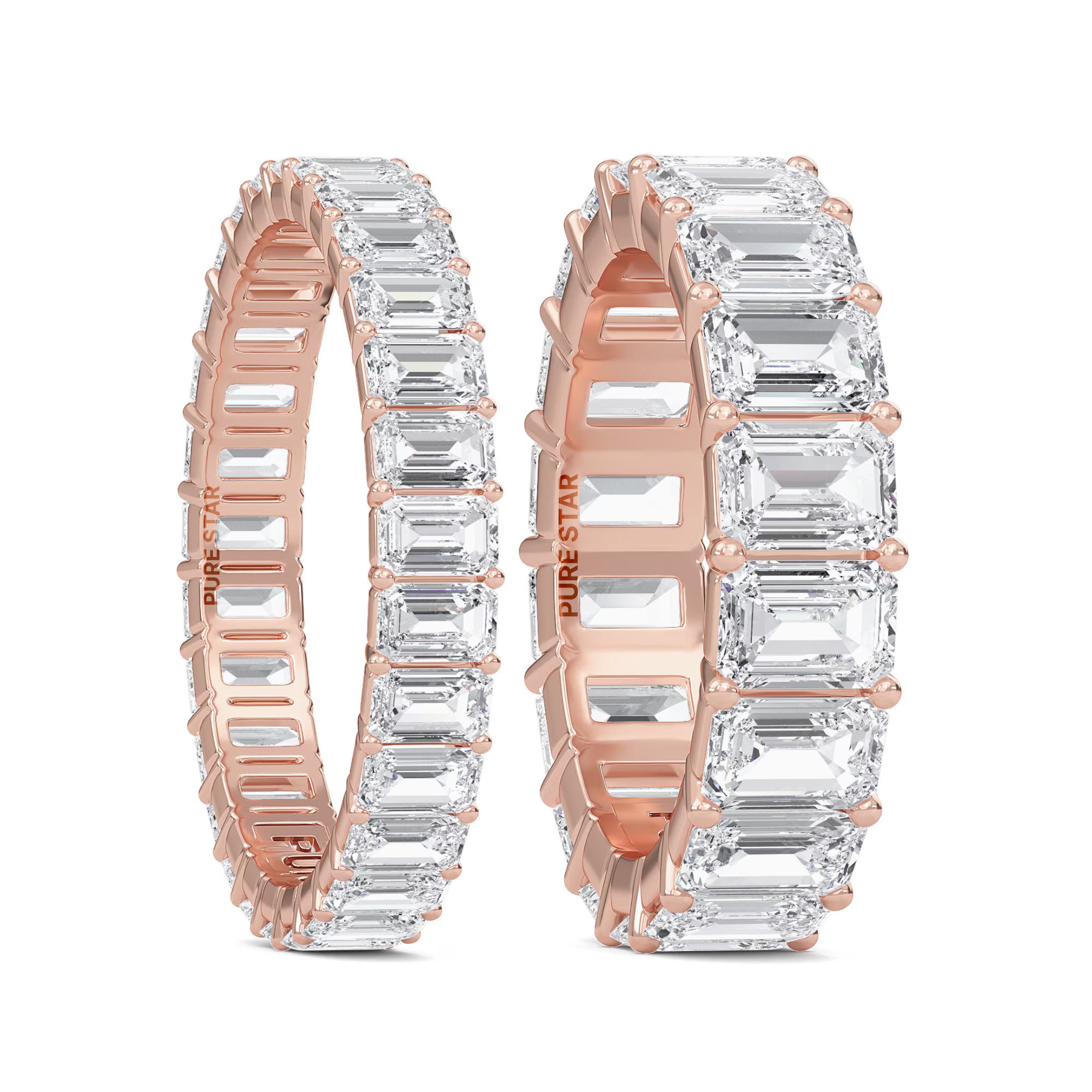Lab grown diamond engagement rings have become an increasingly popular option for those seeking beauty, sustainability, and affordability in their jewelry. These diamonds, created in controlled environments, offer the same brilliance, durability, and chemical composition as mined diamonds, making them a modern alternative for ethically conscious buyers.
What Are Lab Grown Diamonds?
Lab grown diamonds, also known as synthetic or man-made diamonds, are created in laboratories using advanced technology that replicates the natural diamond formation process. There are two primary methods used to create lab diamonds:
- High Pressure, High Temperature (HPHT): This process mimics the conditions under which natural diamonds form deep within the Earth.
- Chemical Vapor Deposition (CVD): In this method, carbon gases are heated in a vacuum chamber, causing them to crystallize and form a diamond.
These lab grown diamonds have the same physical, chemical, and optical properties as natural diamonds, meaning they are virtually indistinguishable to the naked eye.
Why Choose a Lab Grown Diamond Engagement Ring?
-
Ethical Sourcing: Lab grown diamonds are a responsible and conflict-free choice. Unlike natural diamonds, which can sometimes be associated with unethical mining practices, lab diamonds are produced in a controlled and traceable environment, ensuring they are free from human rights concerns.
-
Affordability: Lab grown diamonds typically cost 20-40% less than mined diamonds of the same size and quality. This allows you to get a larger or higher-quality diamond within your budget, making it a great option for those looking for value without sacrificing beauty.
-
Eco-Friendly: Growing diamonds in a lab significantly reduces the environmental impact compared to traditional diamond mining, which can cause habitat destruction, water pollution, and soil erosion. By choosing a lab grown diamond, you’re making a sustainable choice that minimizes ecological harm.
-
Same Brilliance and Durability: Lab grown diamonds are as durable and brilliant as mined diamonds. With a hardness of 10 on the Mohs scale, they are perfect for everyday wear and will last a lifetime. Their sparkle is identical to natural diamonds, making them a stunning and long-lasting symbol of your love.
Factors to Consider When Buying a Lab Grown Diamond Engagement Ring
-
Carat Size: One of the biggest advantages of lab grown diamonds is that you can often afford a larger stone for the same price as a smaller mined diamond. Whether you prefer a subtle stone or a larger statement diamond, lab grown diamonds offer a range of options to suit your style.
-
Cut: The cut of a diamond is crucial for its sparkle. Popular cuts for engagement rings include round, oval, emerald, and princess. A well-cut diamond reflects light beautifully, making it appear even more radiant.
-
Color: Lab grown diamonds, like natural ones, come in various color grades. The most popular diamonds are colorless (graded D-F), but near-colorless options (G-J) can offer great value without a noticeable difference to the naked eye.
-
Clarity: The clarity of a diamond refers to how many internal or external flaws (inclusions) it has. Lab grown diamonds tend to have fewer inclusions than mined diamonds, so you can often get a higher clarity grade at a more affordable price.
-
Setting: The setting of the engagement ring enhances the beauty of the diamond. Popular options include:
- Solitaire: A single diamond in a simple, elegant setting that highlights the stone.
- Halo: A center diamond surrounded by smaller diamonds, adding extra sparkle and making the center stone appear larger.
- Three-Stone: Three diamonds that symbolize the past, present, and future of your relationship.
-
Pavé: Small diamonds set along the band for additional shimmer.

Caring for a Lab Grown Diamond Engagement Ring
Caring for a lab grown diamond engagement ring is just like caring for a natural diamond ring:
- Clean regularly: Use a soft brush and a mild cleaning solution to remove dirt and oils from the diamond and setting.
- Store carefully: When not wearing the ring, store it in a soft pouch or separate jewelry box to prevent scratches.
- Professional check-ups: Have your ring inspected by a jeweler every year to ensure the setting is secure and the diamond remains in top condition.
Conclusion
Lab grown diamond engagement rings combine beauty, ethics, and value, making them an ideal choice for the modern couple. With the same sparkle and durability as natural diamonds, lab diamonds offer a sustainable, affordable, and conflict-free alternative that doesn’t compromise on elegance. Whether you opt for a classic solitaire, a dazzling halo, or a unique custom design, a lab grown diamond engagement ring is a stunning symbol of your love and commitment.























Leave a comment
This site is protected by hCaptcha and the hCaptcha Privacy Policy and Terms of Service apply.